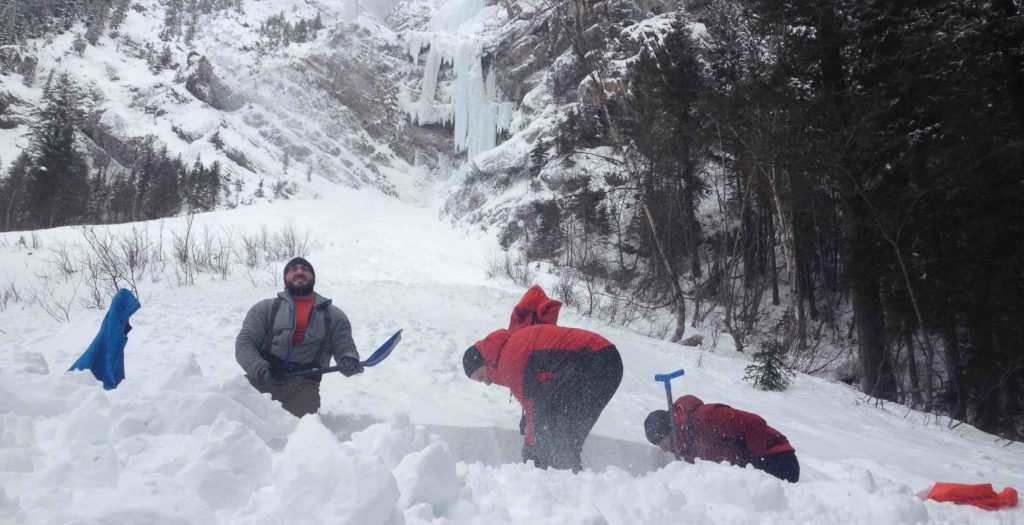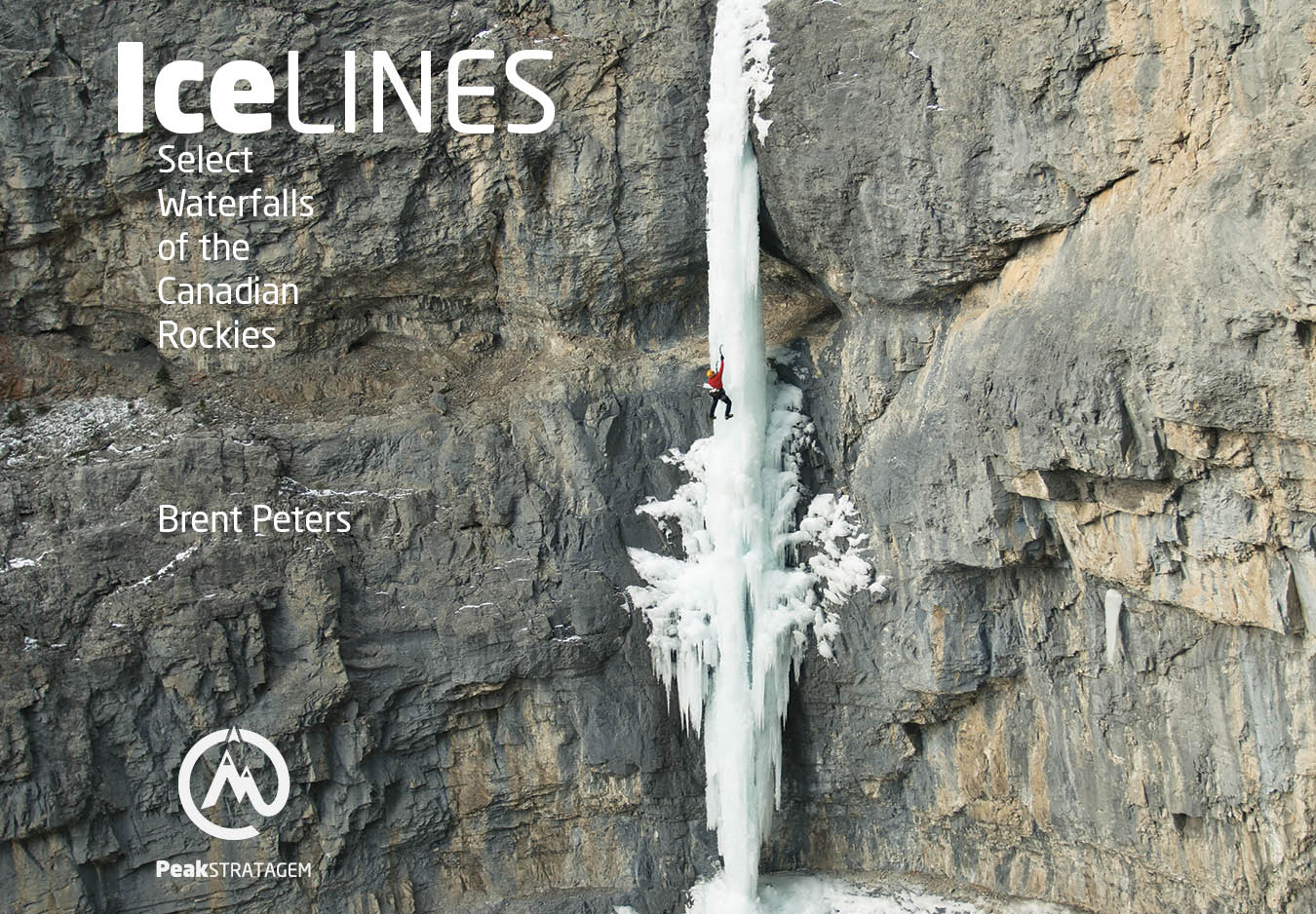
Avalanche Awareness and Avoidance for Ice Climbers and Alpinists
Sat, Nov 26/22 - Sat, Nov 26/22 (1 days)
95 / Person
Bow Valley, AB
Sun, Nov 27/22 - Sun, Nov 27/22 (1 days)
95 / Person
Bow Valley, AB
Sat, Jan 07/23 - Sat, Jan 07/23 (1 days)
95 / Person
TBD, likely Field, BC from morning start in Bow Valley, AB

Aim
To know when it is acceptable to climb in avalanche terrain.
Objectives
- Confident identifying avalanche terrain and using the avalanche terrain exposure scale (ATES).
- Confident identifying negative and positive behaviours in decision making.
- Comfortable using PeakPlanningProcedure for daily process.
- Confident identifying inputs that cause avalanches.
- Confident using companion rescue equipment.
- Comfortable interpreting the public avalanche bulletin.
- Comfortable conducting terrain analysis using Google Earth and route photos.
- Understand how to locally forecast avalanche hazard and risk based on available resources.
Climbers travel through terrain quite differently than skiers. While a skier might take minutes to travel down an avalanche path, a climber can spend the entire day in avalanche terrain. Micro terrain like a small wind or spindrift slab can carry a climber over a cliff. What a skier might consider to be a sluff can often be substantial enough to push a climber of his or her stance, potentially causing a fall. Often skiers can access slopes adjacent to their intended objective to safely gain information about the stability of the snowpack. On the other hand, a climber may never travel into the macro terrain that threatens them from above.
Avalanche Skills Training for Ice Climbers and Alpinists will be taught by IFMGA Mountain Guide and author Brent Peters with support from author and climber Margo Talbot. Brent is an active member of the ACMG and a professional member of the CAA.
Please fill out the waiver if you are attending the course.
Here are the gear list and logistics details for the course.
